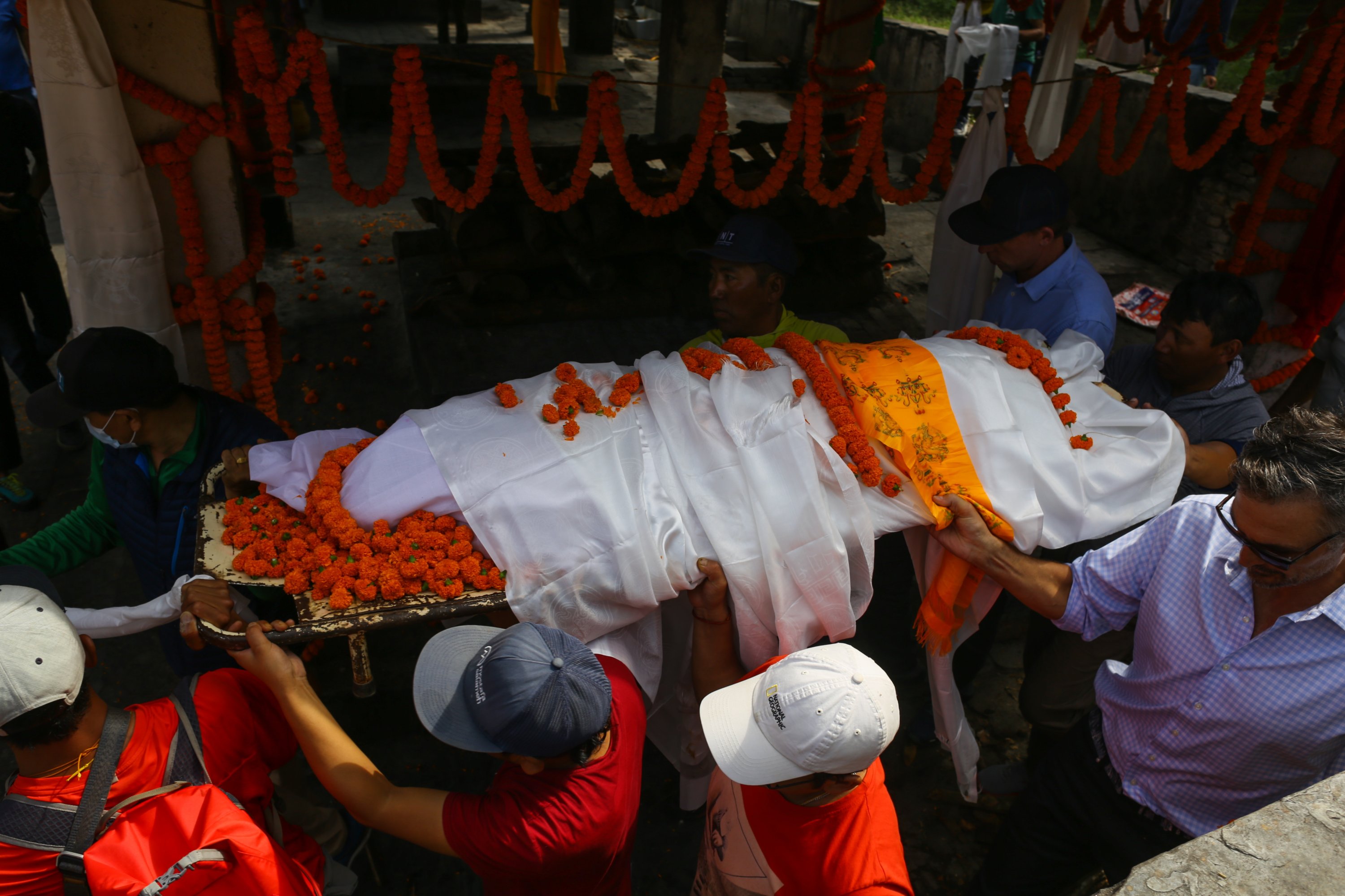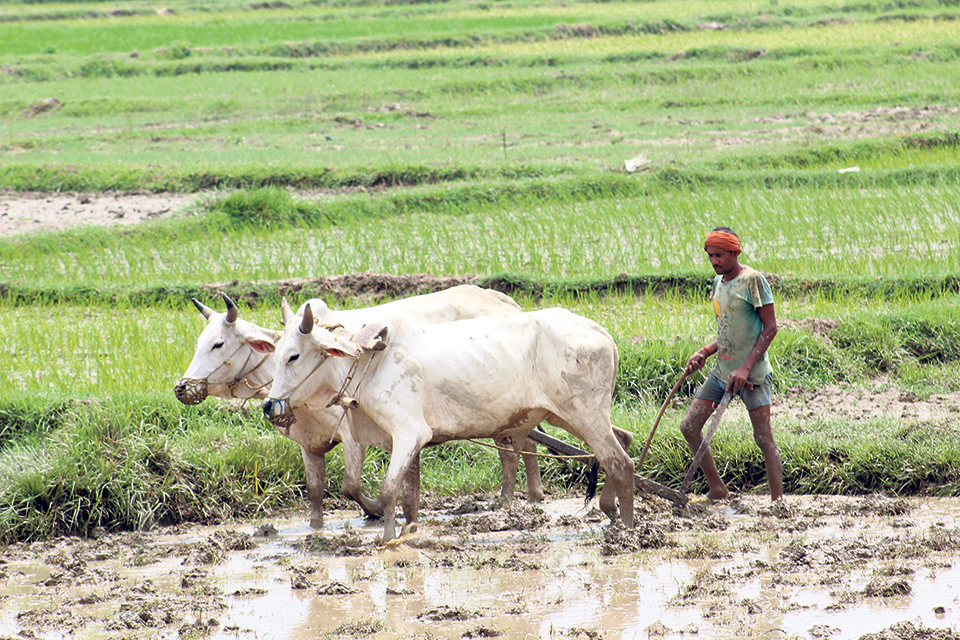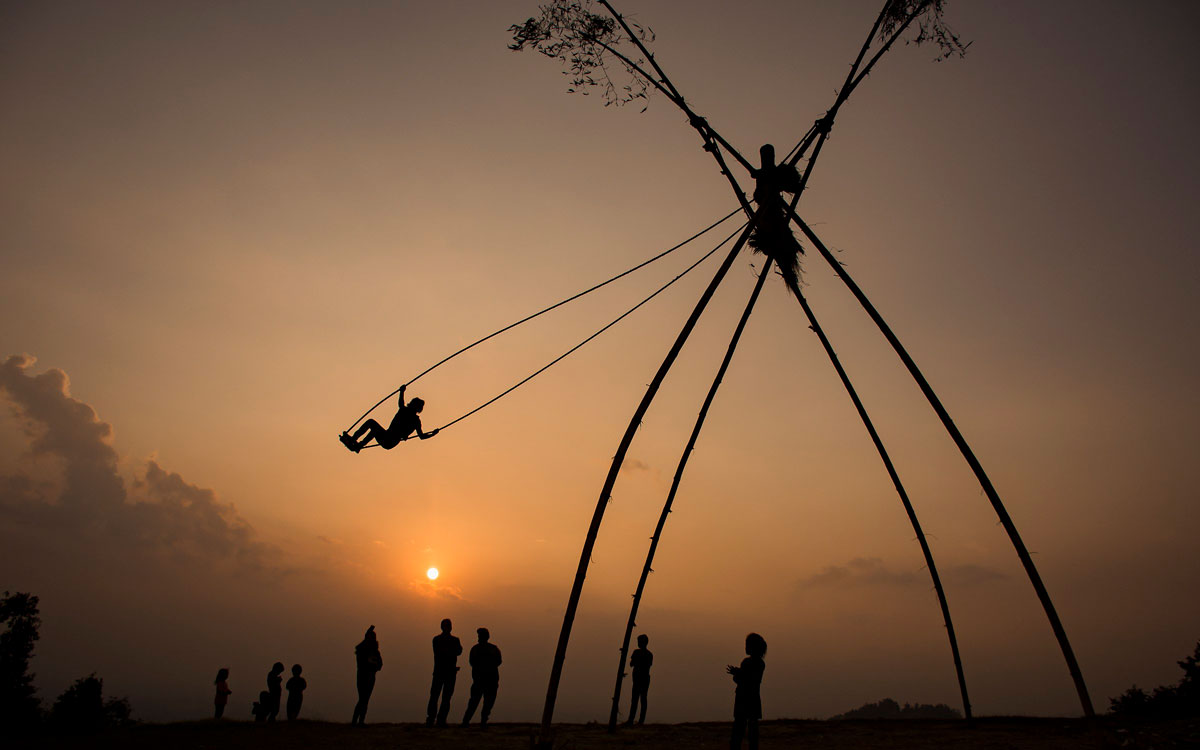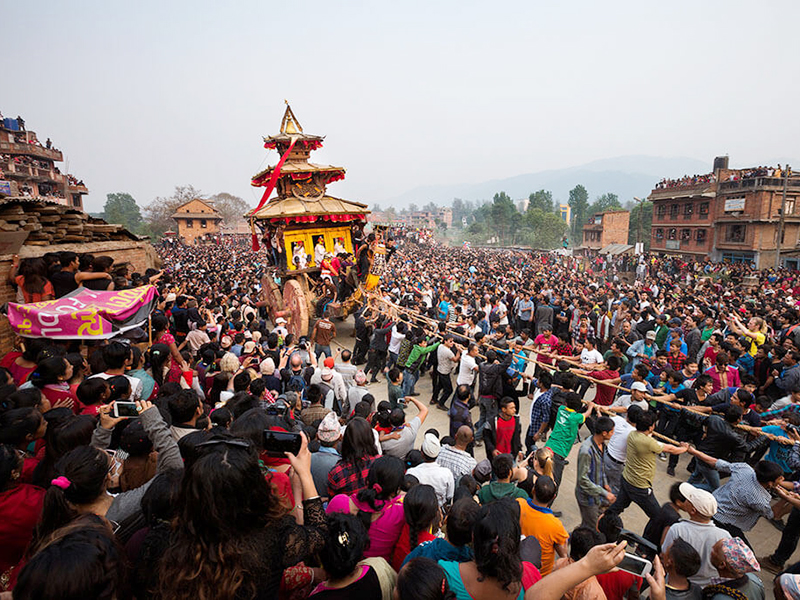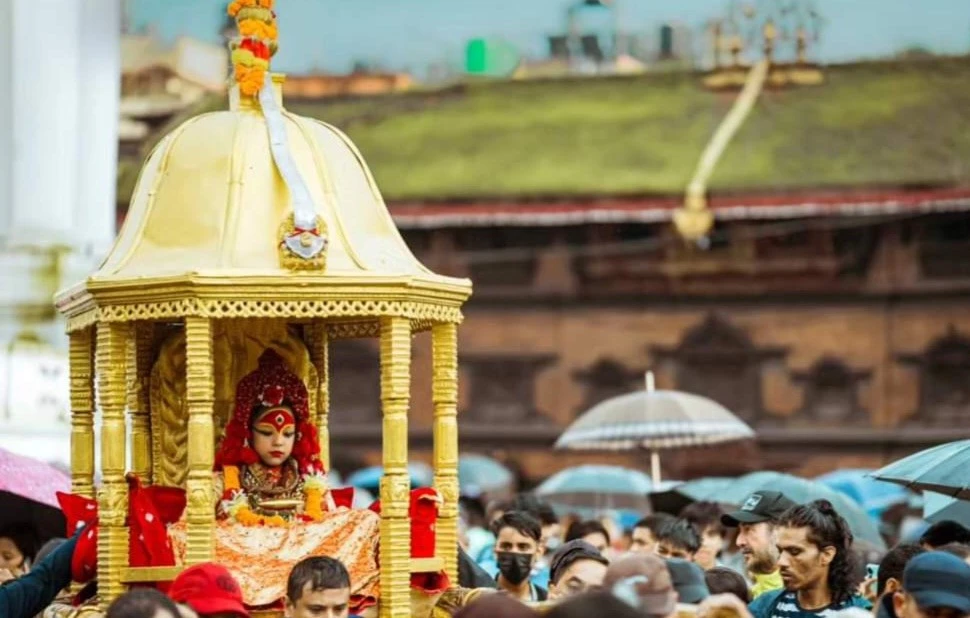Share this Article
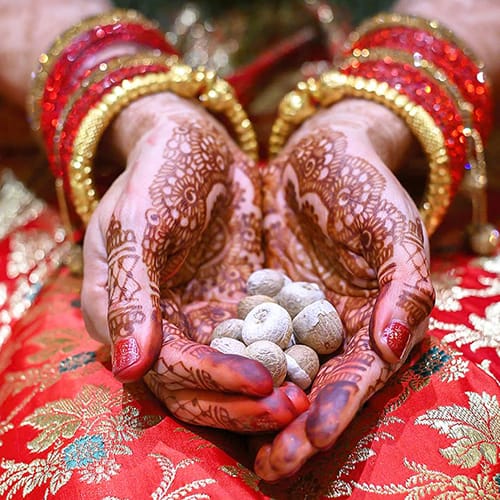
Introduction
Deep in Nepal's Kathmandu Valley, the Newar tribe has an ancient and unusual ritual of passage known as Gufa. It is "cave" in Nepali, a name used when the girl becomes a woman. The girl is isolated in a room blacked out for 12 days, symbolizing a spiritual birth and initiation into her adult life in society. Symbolic and traditional in nature, Gufa reflects the Newars' deep attachment to their religious and cultural tradition. This article explores the history, rituals, significance, and modern-day adaptations of Gufa, shedding light on this sacred tradition.
Origins and Historical Roots
Gufa ritual has its roots rooted in the old Newar culture, dating over 2,000 years in the past in the Kathmandu valley. Newars are renowned for their magnificent festivals and syncretism of Hindu and Buddhist cultures and have Gufa as a symbol of identity. Traditionally, Hindu as well as Buddhist Newar communities have practiced the ritual, but there are slightly different practices among communities.
Scholars trace the origins of Gufa in early Hindu and Buddhist practices that esteem purity, rebirth in cycles, and obeisance to feminine power (Shakti). The ritual is similar to other South Asian practices, such as Hinduism's Garbhadhana (fertility rituals). Gufa's own mix of secrecy, symbolism, and communal engagement, however, distinguishes it (Gellner, 1992).
The ritual is also linked to Nepal's agrarian past. The seclusion period coincides with the menstrual cycle, which has historically been seen as a time of power as well as weakness. By keeping the girl in seclusion, families intended to protect her from evil forces while drawing on her new fertility for the benefit of the community.
The Ritual Process
Gufa is typically performed when a girl goes through her first menstrual cycle, marking her entry into adulthood. The ceremony is preceded by meticulous preparations and strict rules, guided by elders and priests. The following are the key phases:
Preparation of the "Cave"
A room without windows in the house is turned into a symbolic cave. The walls are covered with red cloth, and the holy diagram (mandala) is drawn on the floor using rice flour. An oil lamp (diya) is placed in the center, which is the symbol of the divine light. The room is kept dark to imitate the atmosphere of the womb, which is a sign of birth.
Seclusion Period
The girl enters the room on the day of menstruation. She remains indoors for 12 days, avoiding sunlight and male relatives. She wears red, a color indicating fertility and married bliss. Her diet consists of "pure" food like rice, lentils, and fruits, avoiding meat, salt, and spices.
Daily Rituals
Every day, the girl's hair is washed by a female relative using purified water and turmeric paste, a practice that is believed to purify her soul and body. She is occupied during her stay either meditating, making baskets, or acquiring domestic skills. On the 12th day, she is blessed by a priest through a puja.
Rebirth and Celebration
On the final day, the girl emerges from the room at dawn. She is dressed in new clothes and jewelry, and her family feasts. Relatives and neighbors visit to offer gifts and blessings, rejoicing in her readiness for marriage and motherhood.
Symbolism and Cultural Significance
Gufa is replete with metaphors that reflect Newar cosmology and values:
The Cave as a Womb:
The dark chamber is a mother's womb, and the girl's isolation reflects gestation. Her coming out reflects rebirth as an adult, with wisdom and purity.
Red Color:
Red represents menstrual blood, vitality, and the goddess Durga. It also indicates the girl's future position as wife and mother, at the center of Newar society.
Community Bonding:
Feasting and gift-giving solidify social bonds. Elders impart cultural information to ensure tradition transcends generations.
To Newars, Gufa is not just an individual accomplishment but a shared confirmation of cultural continuity. It also signifies the sacred position of women, who are considered bearers of divine energy (Shrestha, 2008).
Gufa in Contemporary Times
Urbanization and the change in social norms have also impacted Gufa. City dwellers like Kathmandu cut down the seclusion to 4–7 days due to space or work-related factors. Others combine traditional rituals with a few modern elements, like the use of red saris giving way to newer attire.
Ecclesiastical and feminist forces have triggered firestorms of protest over the timelessness of Gufa. The practice, according to the critics, validates gender roles as it compares the worth of a girl to a marriage. Nonetheless, the majority of Newar women stand by Gufa as an asset of pride.
"It instilled strength and aligned me with ancestors," Radha Maharjan who resides in Kathmandu adds (The Kathmandu Post, 2021).
Modification of Gufa to move towards modern times includes:
Educational Workshops: NGOs explain the symbolism of the ritual to youth, separating superstition from cultural significance.
Public Celebrations: In some communities, joint Gufa ceremonies are held for multiple girls, which is less costly and fosters harmony.
Documentation: Scholars record elders' information in order to preserve dying traditions.
Challenges and Preservation
Gufa is endangered in spite of its resilience:
Declining Practice: Younger generations view Gufa as outdated, opting for simple celebrations.
Commercialization: In tourist areas, staged Gufa performances can potentially make the ritual a spectacle.
Misconception: The outsiders tend to misinterpret Gufa as oppressive without realizing its spiritual importance.
In return, Newar communities promote cultural studies in schools. The festivals like Sithi Nakha (Newar Environment Day) include Gufa enactments to make the youth aware. The Nepalese government also recognizes Gufa as a component of the nation's intangible heritage (UNESCO, 2019).
Conclusion
Gufa is a living bridge between Nepal's past and present. In darkness and light, seclusion and celebration, it celebrates the redemptive power of womanhood while deepening community ties. As Newars face modernity, Gufa continues to be a testament to how they can evolve without losing their roots.
For tourists, the ceremony offers an insight into the rich cultural heart of Nepal. It reminds people that traditions, no matter how ancient, continue to breathe, evolve, and inspire.
Categories:
Culture & Traditions
Tags:
Gufa



